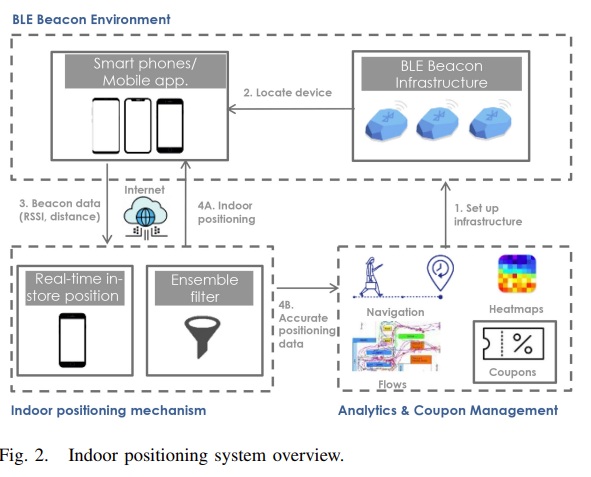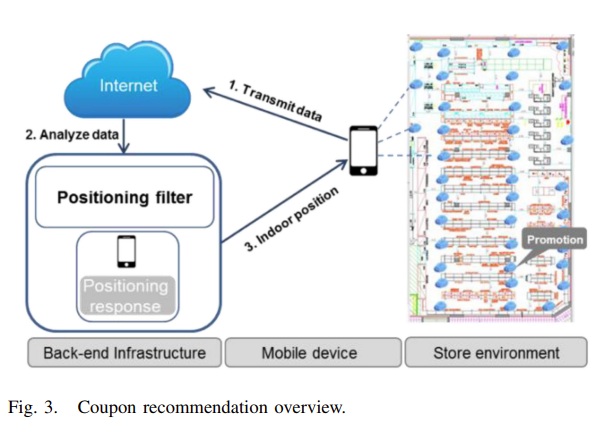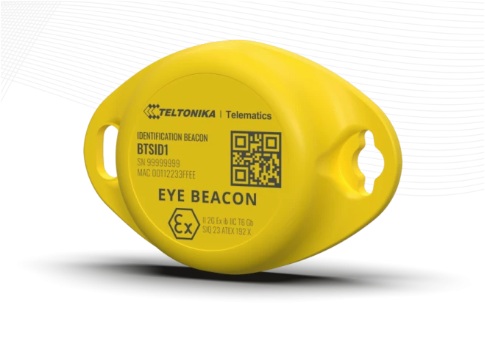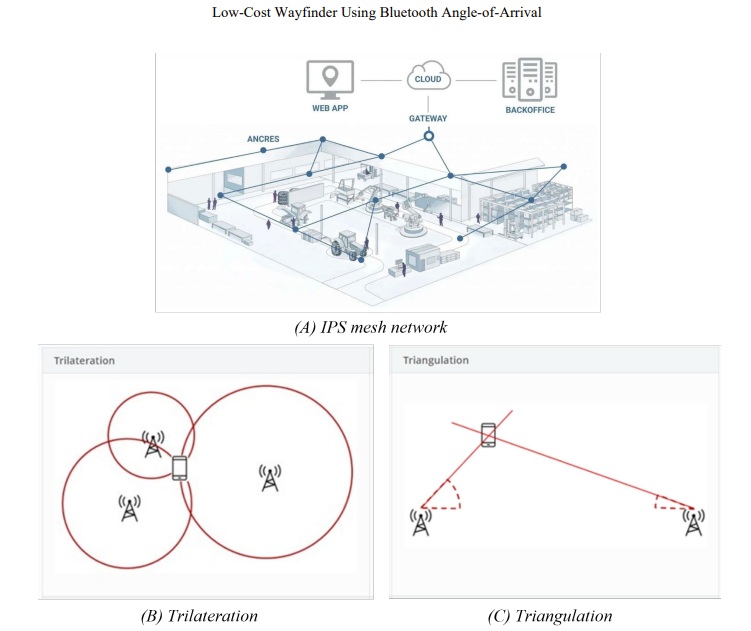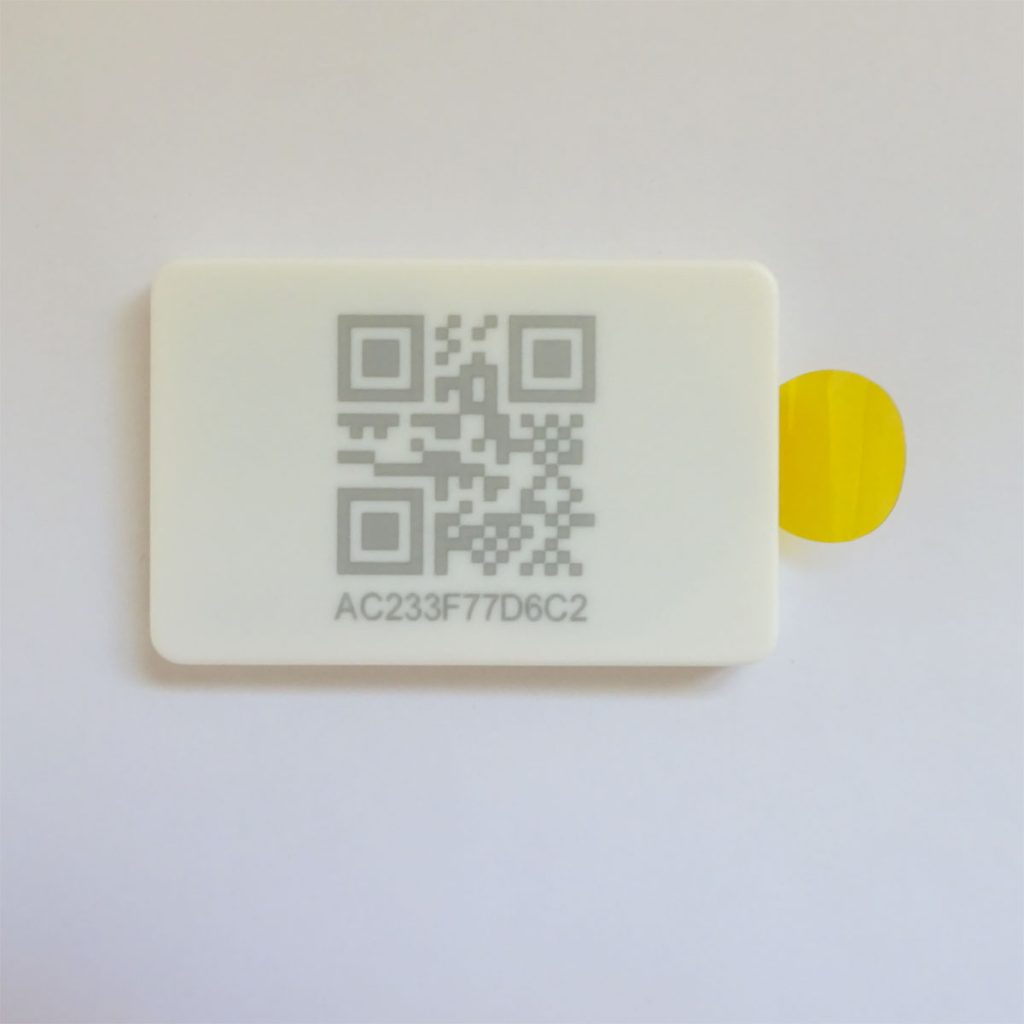Each Bluetooth beacon manufacturer typically provides its own proprietary configuration app for several key reasons. Firstly, manufacturers use different internal components and designs, meaning a custom app is necessary to tailor configuration options specifically to the hardware. Many also implement proprietary Bluetooth communication protocols for setup, requiring a unique app to handle these configurations correctly.
Security is another factor, as manufacturers often include measures to prevent unauthorised reconfiguration, and custom apps allow for the necessary authentication and encryption. Customisation also allows manufacturers to highlight unique features that may not be available in generic tools, while a branded app ensures control over the look, feel and overall user experience during configuration.
Some beacons only permit configuration within a limited timeframe after being powered on or require a special mode to be enabled and custom apps are designed to accommodate these specific procedures. Firmware updates are also often delivered through these apps, while support and troubleshooting features, including diagnostic tools and links to support resources, are commonly integrated.
For beacons that store data locally, custom apps offer interfaces to manage that data according to manufacturer-specific formats. While universal configuration tools are theoretically possible, the wide variety of hardware, protocols and features in use makes them difficult to develop, and manufacturer-specific apps remain the most reliable way to fully manage proprietary beacon hardware.
